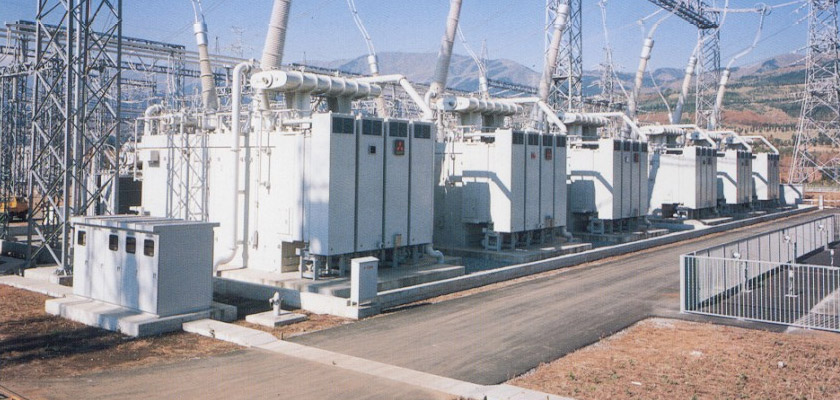It is advisable to install a number of smaller rated transformers in parallel rather than installing a bigger rated electrical transformer. This is so that the electrical power system availability, flexibility and efficiency are maximized. Let s understand all of this in detail.
To maximize availability
In case of any fault or maintenance requirements, in case of a single transformer, it will have to be shut down completely to be worked upon. But, in case of multipl parallel transformers installed, only those that require maintenance can be shut down, while having the other transformers working in parallel to fulfill the load requirements without any interruption. This maximizes the availability of transformers at all times.
To maximize flexibility
The demand of power system can fluctuate at any point of time. Believing that the demand in the future will increase, if one installs a bigger rated transformer at present, it won’t be called wise as it will only lead to unnecessary investment of money. And then, what if the future demand decreases? Therefore, having transformers running in parallel is much better as it provides flexibility of adding or removing transformers as per the increase and decrease of power system requirement respectively in the future.
To maximize efficiency
Electrical power transformers are said to provide maximum efficiency when they operate at full load. Running multiple numbers of transformers in parallel will give us the opportunity to run only the number of transformers required to fulfill the total demand required by the application, while switching off those that aren’t required. In this way, wastage is reduced and efficiency is maximized.
Now, you might have been satisfied enough to believe that running multiple smaller rated transformers in parallel is much beneficial as compared to running a single higher rated transformer. So, shop for smaller rated transformers right away from Miracle Electronics, the leading transformer manufacturer in India, to get the supreme quality transformers constructed from the best-in-class materials providing a long life to the products.
However, remember that when you decide to run multiple transformers in parallel, they must satisfy certain conditions in order to perform efficiently. These conditions include same polarity, same phase sequence, same voltage ratio and same percentage impedance between all of the transformers to be installed in parallel.
- Polarity – This is the instantaneous direction of induced EMF in the secondary of the transformer. Ensure that the instantaneous directions of induced secondary EMF in two connected transformers are same when the same input power is fed into both of them.
- Phase sequence – This is the order in which the phases reach their maximum positive voltage. If the phase sequence of two transformers connected in parallel is not identical, each pair of phases will be short-circuited during the cycle.
- Voltage ratio – If two transformers connected in parallel with same primary supply voltage are of different voltage ratios, there will be a difference in secondary voltages. Even a small voltage difference will cause significantly high circulating current leading to unnecessary additional I2R losses.
- Percentage impedance – Percentage impedance of a transformer is the per unit value of their impedance. These values of two transformers running in parallel should be identical because the impedance of those transformers are inversely proportional to their MVA ratings; and the current shared by the two transformers should be proportional to their MVA ratings.




